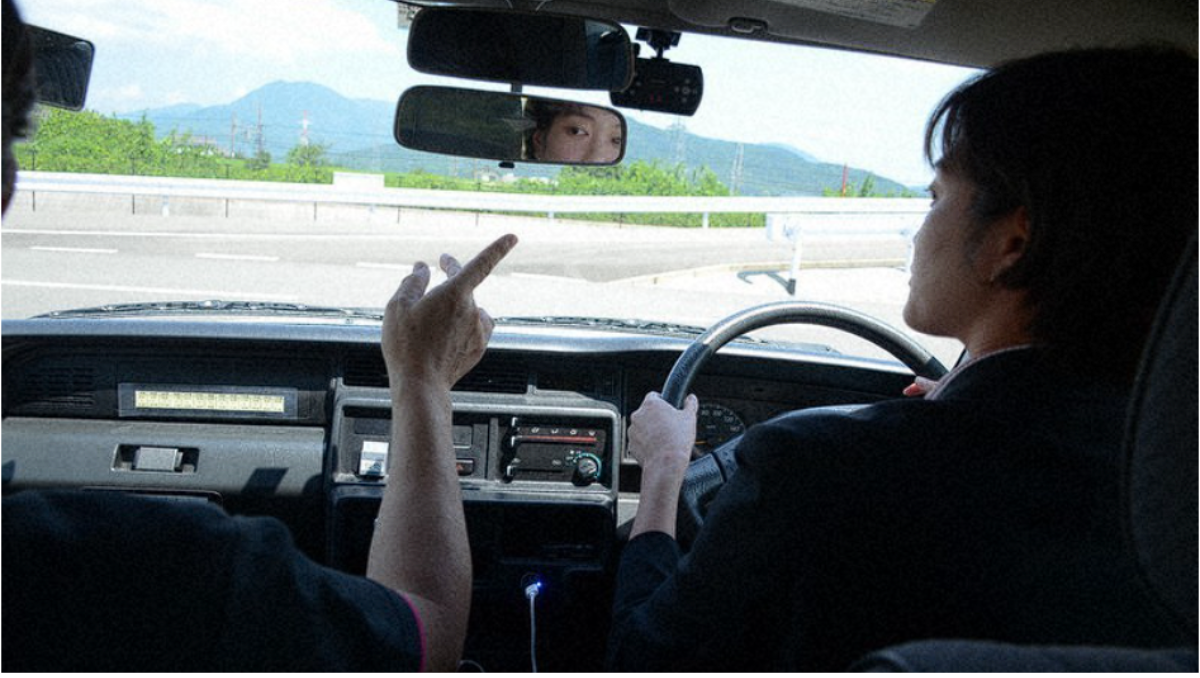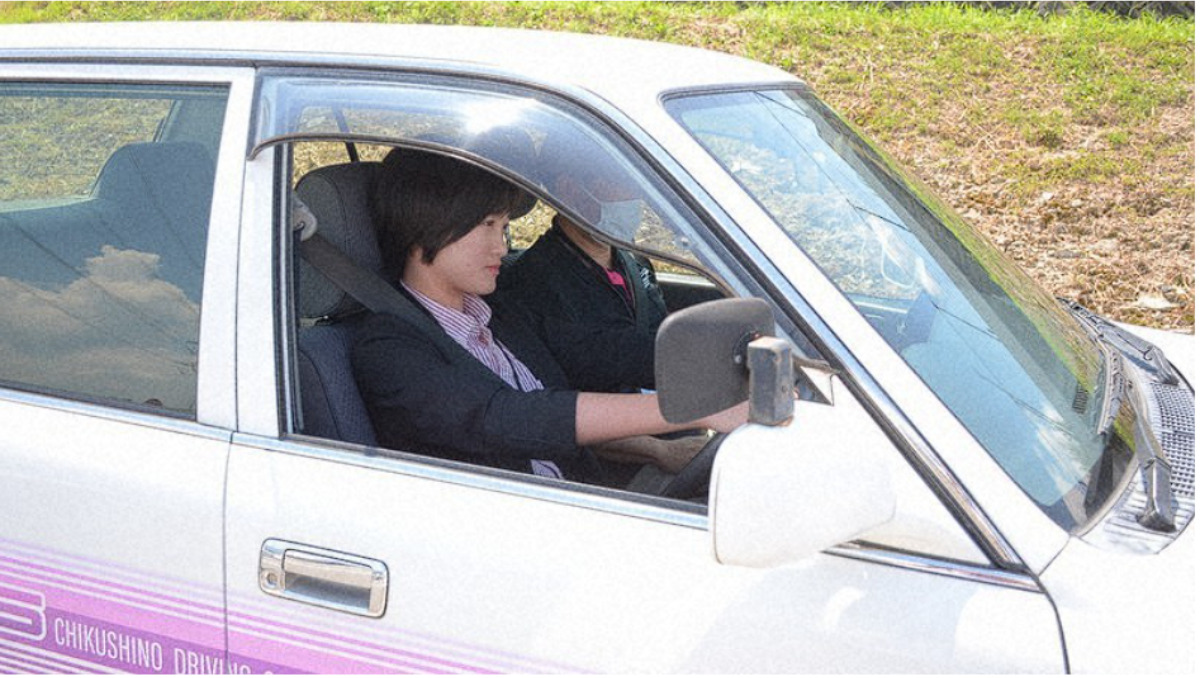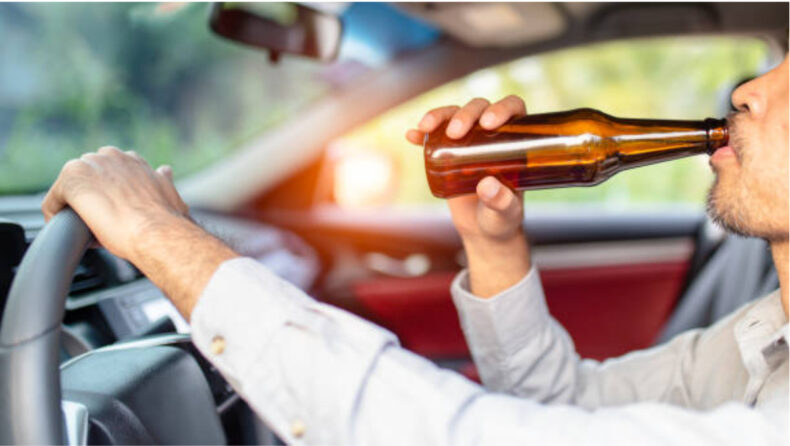Japanese police and driving schools have adopted an unorthodox approach to combat drink-driving, by allowing citizens to take on driving tests after taking alcohol.
Table of Contents
17 years on, Japan still persists
The Chikushino Driving School, situated in the city Chikushino in the Fukuoka prefecture in Japan, allowed locals to take part in an experience-based lecture on 21st August to try drink-driving in order to compare their driving before and after consuming alcohol, according to an official from the school.
The experimental lecture was organised by the prefectural police to commemorate the 17th anniversary of a drink-driving incident on 25 August, which led to the deaths of 3 young siblings from Chikushino aged four, three and one. Despite tightening of DUI laws over the years in the wake of the incident, alarming trends are observed in police statistics, with around 80% of those accused or booked for drink-driving found to breaching the threshold of 0.15 mg by a considerably large margin.
While the drivers are aware of their strong state of intoxication, overconfidence is often identified as the key behind their rash decision to still get behind the wheel. With a first-hand account of how alcohol distorts decisions and senses, the lecture sought to work on that very sense of misplaced confidence.
A first-hand account into drink-driving
To provide a deeper look into the psychology and rationale behind a drunk-driver, Japanese publication Mainichi Shimbun sent two journalists to Chikushino, with Hyelim Ha at the helm of the wheel and Rokuhei Sato tasked with reporting on her inebriated colleague’s behaviour from the passenger seat.

First, the drivers had to clear three sections of the road as part of the test course—a slalom of obstacles to swerve around, a S-curve and a narrow section filled with tight corners—while sober. Ha predictably had no problems in negotiating the course, with Shojiro Kubota, the vice head of the school, raising no issues over the driving.
Next, Ha took on the main challenge, and entered a state of drunkenness after having a 350 ml can of beer, a cup of “umeshu” plum liqueur and “shochu”, a distilled spirit and a distant cousin of “soju”, both diluted with water over a course of an hour. A breathalyser test on Ha detected 0.30 mg of alcohol, twice the stipulated threshold of 0.15 mg. Despite reporting cold hands, fast heart rate, the red-faced Ha was confident in her abilities to complete the test and described herself as “conscious”.
Her confidence, as shown by her driving, was anything but sufficient, with anomalies observed by her colleague Sato. From the outset, Ha abruptly accelerated and braked repeatedly while driving on the straight sections, with Sato left lurching back and forth. Ha then negotiated the slalom section without hitting any obstacles, but was stopped by vice head Kubota before she entered the S-curve.
To her surprise, she was found to be entering the S-curve at a higher speed compared to when she was sober. She also turned late, resulting in the vehicle straying in the oncoming lane, a disastrous situation if driving on actual roads. Ha was taken aback by Kubota’s remarks, as she didn’t expect her driving to be perceived as such.

Overconfidence the silent killer
Kubota highlighted this difference in perception as the core problem behind a litany of drink-driving incidents. According to him, despite alcohol impacting necessary skills for driving such as cognitive capacity, judgement and vehicle manoeuvring ability, the driver remains confident in their abilities behind the wheel. Even the driver behind the deaths of the three children in 2006 admittedly told the police that while he felt drunk, he thought he could drive “all right”.
The Road Traffic Act stipulates that if a driver is found with an alcohol concentration between a threshold of 0.15 mg and 0.25 mg, they are punished with a 90-day suspension of their driving licence. Crossing the 0.25 mg mark constitutes having high concentrations of alcohol in the bloodstream, with a two-year suspension awaiting the driver.
Despite the strict enforcement of these laws, statistics given by the Fukuoka Prefectural Police report that 80.7% of the 1391 individuals arrested for DUI in 2022 were found to have high concentrations of alcohol. The trend has continued in this year as well, with 76.1% out of 883 people arrested for crossing the upper threshold of 0.25 mg per litre of breath.
Many attribute this worrying tally to drunk drivers being bolstered by their past experiences of getting away scot-free by avoiding incidents or arrests while drinking and driving. Assuming those instances as a proof of their abilities on the wheel while intoxicated, these drivers become habitual drink-drivers. However, a traffic accident is about seven times more lethal if it involves a drunk driver as compared to their sober counterparts, according to data provided by the National Police Agency of Japan.
The deputy chief of Fukuoka police’s traffic enforcement division, Yoichi Furukawa emphasised on the demand for people to chart out all risks before drinking, such as refraining from driving to pubs in the first place, as once inebriated, they cannot make normal judgements.













